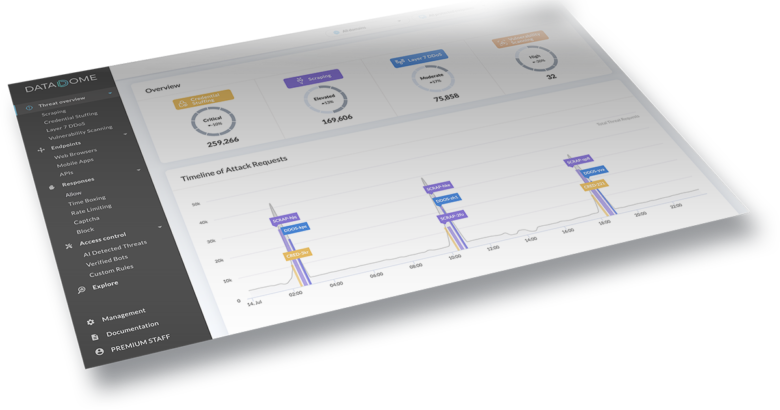You’ve probably heard of phishing emails before, but what are they really and what do they try to accomplish? Phishing is a type of email scam where attackers pose as a trustworthy source in order to gain access to your personal information. They do this by trying to trick you into clicking on a malicious link or attachment that will install malware on your device or redirect you to a fake website designed to steal your login credentials. Phishing attacks are becoming more sophisticated and targeted, so it’s important to know how to spot them. In this blog post, we will discuss what phishing emails look like and some common techniques that attackers use. By the end of this post, you should have a better understanding of how to protect yourself from these types of attacks.
Phishing emails are fraudulent emails that try to steal your personal information
Phishing emails are fraudulent emails that try to steal your personal information. They may look like they’re from a company you know or trust, but they’re not. They’re trying to trick you into giving them your username, password, or other sensitive information.
If you get a phishing email, don’t reply to it or click any links in it. Delete it right away. Don’t worry if the email looks real. Scammers are good at making fake emails look legitimate.
If you think you might have clicked on a link in a phishing email, change your passwords right away—especially if you used the same password on other websites. And be sure to run virus and malware scans on your computer just to be safe.
They usually look like they’re from a legitimate company or website
When you click on a link in a phishing email, it usually takes you to a fake website that looks very similar to a legitimate website. The fake website will have a login page that looks identical to the real website’s login page. The fake website will then ask you to enter your username and password. Once you enter your credentials, the phishing website will store them and use them to log into the real website. This is how phishers gain access to your account.
Phishing emails will often have typos or strange grammar
Phishing emails will often have typos or strange grammar in order to try and fool you into thinking they are legitimate. This is because they are usually created in a hurry and by someone who is not a native English speaker. If you see any red flags like this in an email, be sure to delete it and do not click on any links!
They may also have threats or a sense of urgency to try to get you to act quickly
Phishing emails may try to create a sense of urgency or threat in order to get you to act quickly. They may allege that your account has been compromised or that there is some other problem that needs to be addressed immediately. Often, they will include a link or attachment that you are instructed to click on in order to resolve the issue. This is where the phisher tries to trick you into revealing personal information or downloading malware.
If you get a phishing email, do not respond to it and do not click on any links
If you get a phishing email, do not respond to it and do not click on any links. The email may look like it’s from a legitimate source, but the goal of the phisher is to get your personal information. They may try to do this by asking you to click on a link that takes you to a fake website where you’re asked to enter your login information. Or, the email may ask you to reply with sensitive information. Either way, don’t take the bait – just delete the email.
Report the email to the company
If you think you’ve received a phishing email, don’t reply to it or click on any links. Instead, report the email to the company it claims to be from. You can usually find a “report phishing” or “contact us” link at the bottom of the company’s website.
When you report the phishing email, include as much information as possible, such as the sender’s address, when you received the email, and what happened when you clicked on any links in the email. This will help the company investigate and take action against the phisher.










FIND US ON SOCIALS